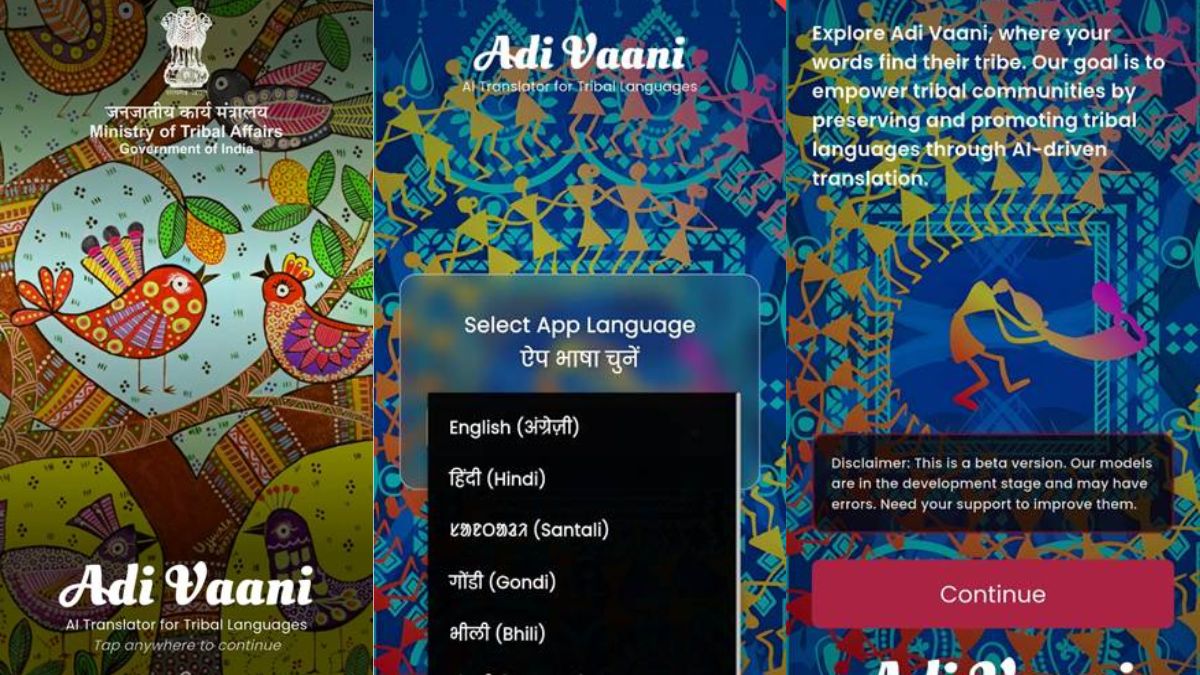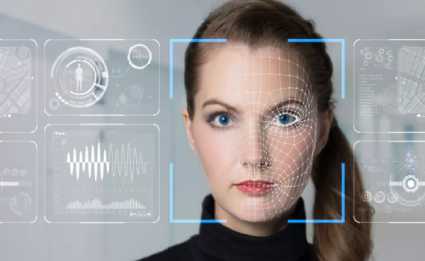An international research team has designed a deep learning system able to detect natural disasters using images posted on social media. The researchers applied computer vision tools that, once trained using 1.7 million photographs, proved capable of analysing, filtering and detecting real disasters.
One of the researchers on the project, led by the Massachusetts Institute of Technology (MIT), was Àgata Lapedriza, leader of the AIWELL research group specialized in artificial intelligence for human well-being, attached to the eHealth Center, and a member of the Faculty of Computer Science, Multimedia and Telecommunications at the Universitat Oberta de Catalunya (UOC).
As global warming progresses, natural disasters such as floods, tornadoes and forest fires are ever more frequent and devastating. As there are still no tools to predict where or when such incidents will occur, it is vital that emergency services and international cooperation agencies can respond quickly and effectively to save lives. “Fortunately, technology can play a key role in these situations. Social media posts can be used as a low-latency data source to understand the progression and aftermath of a disaster,” Lapedriza explained.
The researchers created a list with 43 categories of incidents, including natural disasters (avalanches, sandstorms, earthquakes, volcanic eruptions, droughts, etc.) as well as accidents involving some element of human intervention (plane crashes, construction accidents, etc.). This list, together with 49 place categories, enabled the researchers to label the images used to train the system.
When the deep learning model had been trained to detect incidents in images, the team ran a range of experiments to test it, this time using a huge volume of images downloaded from social media, including Flickr and Twitter. “Our model was able to use these images to detect incidents and we checked that they did correspond to specific, recorded incidents, such as the 2015 earthquakes in Nepal and Chile,” Lapedriza said.
Using real data, the authors demonstrated the potential of a tool based on deep learning for obtaining information from social media about natural disasters and incidents requiring humanitarian aid. “This will help humanitarian aid organizations to find out what’s happening during disasters more effectively and improve the way humanitarian aid is managed when needed,” she said.
Following this achievement, the next challenge could be, for example, to use the same images of floods, fires or other incidents to automatically determine the seriousness of incidents or even to monitor them more effectively over time. The authors also suggested that the scientific community could follow up the research by combining the analysis of images with that of the accompanying text, to enable more accurate classification.
– Eurekalert







